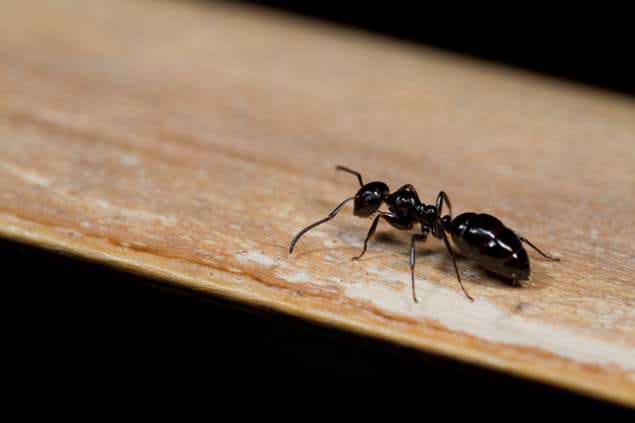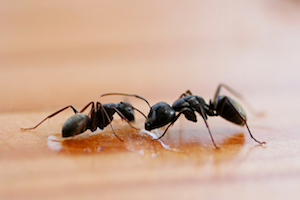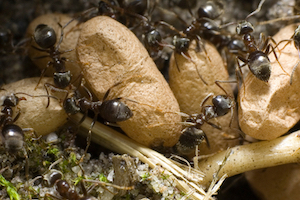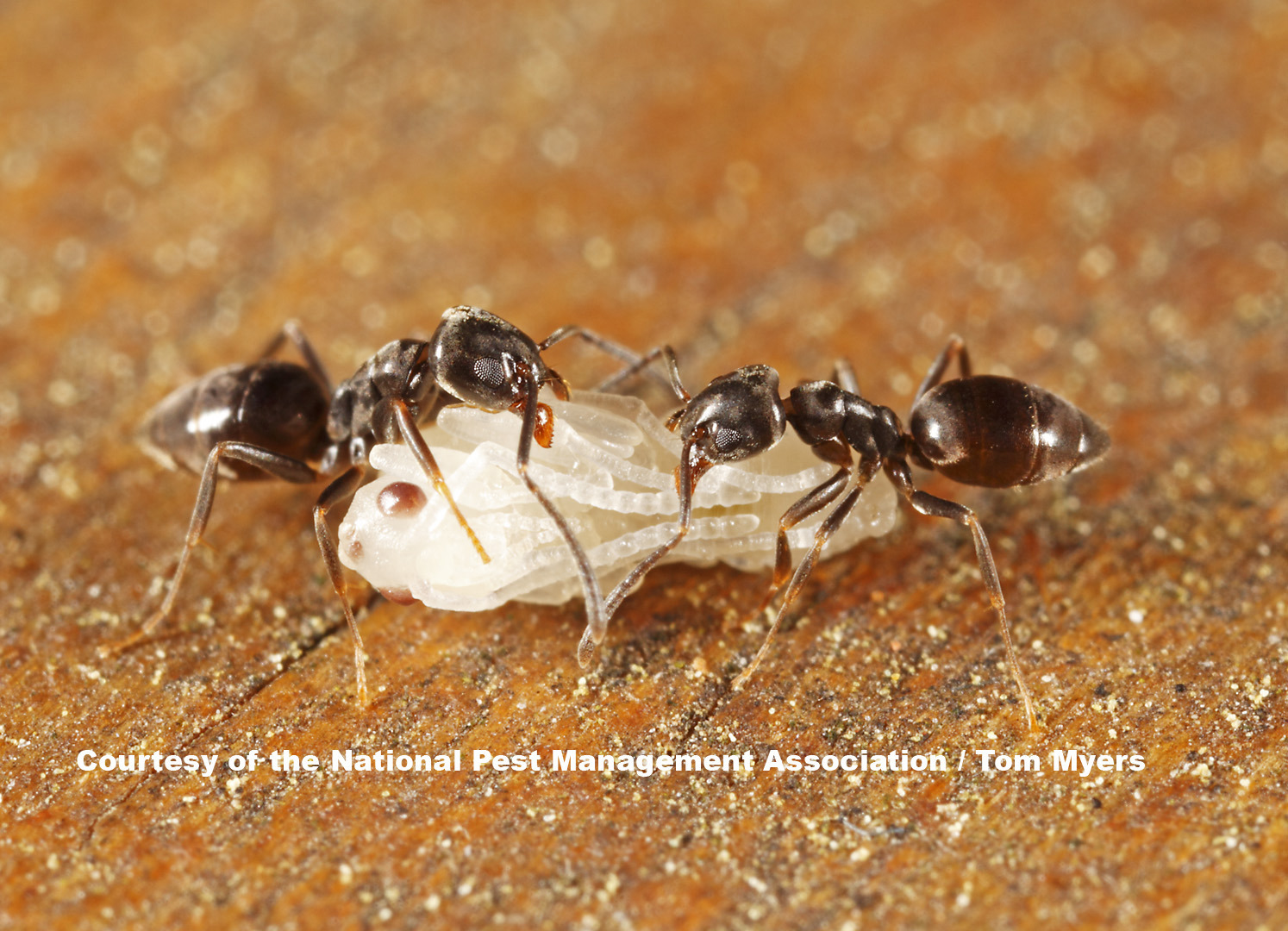Little Black Ants Monomorium minimum (Buckley)

Color: Dark brown to black; typically jet-black
Size: 1/16” (1.5-2mm)
Legs: Six
Antennae: Yes
Shape: Pedicel, or ant waist, is two-segmented; Profile is unevenly rounded; thorax lacks spines
Region: Found throughout the United States, especially in the eastern region, in the southern half of California, and the San Francisco Bay area
What is a little black ant?
The little black ant gets its common name from its very small size and black coloration. Colonies are moderate to very large and contain many queens.
Homeowners should consider working with a licensed pest professional to employ a preventative pest management plan. There are also a few things that can be done around the property to prevent a little black ant infestation.
Seal cracks and crevices in exterior walls with a silicone-based caulk, ensure firewood is stored at least 20 feet away from the home, and keep shrubbery well-trimmed to prevent an infestation. It's also important to note the location of the nest. While it can be difficult to see these ants due to their small size, their nests can be found by following the trial of workers back to the colony.
Little black ant swarms are common from June to August, during which time they forage in trails and are frequently seen along sidewalks.
These small ants feed on grease, oil, meats, fruits, and vegetables materials such as corn meal and sweets. The workers also feed on other insects, honeydew and plant secretions.
Little black ants are common in wooded areas. In yards, they nest under rocks, in rotting logs, and under piles of bricks or lumber. Indoors, nests are located in woodwork, wall voids, decaying wood, masonry, and behind facades.
Little black ants do have a stinger, but it is often too small and weak to be effective.
If you suspect a little black ant infestation in your home, the best course of action is to contact a licensed pest control professional. They will conduct a thorough inspection to identify the full extent of the problem. Once the situation is properly identified, the appropriate control measures can be taken.
You can find a certified pest professional near you with the helpful zip code search below.




